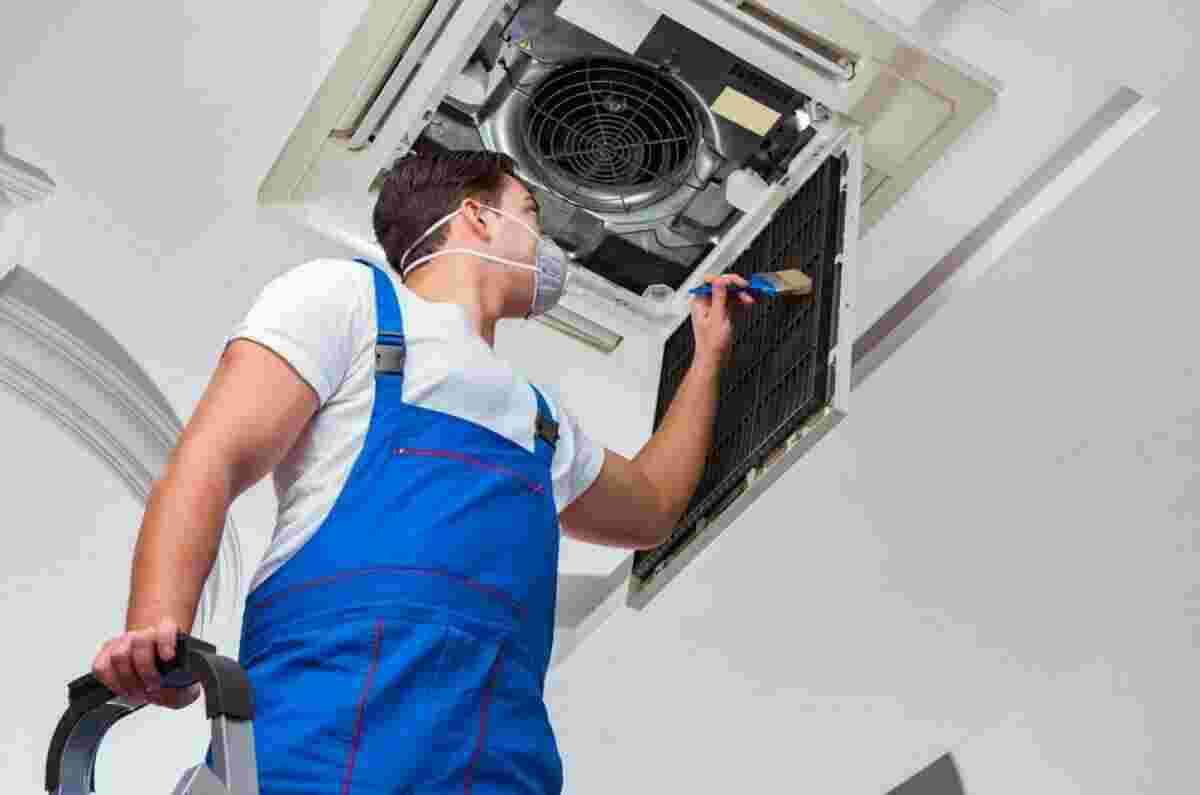How Much Space Should You Dedicate To Heating And Air Conditioning?
- - Category: Remodeling
- - 07 Jun, 2022
- - Views: 590
- Save

Building your own home or completing a remodel? Make sure that you consider how much space you need for the HVAC system.
Within your home, there is arguably no more important system than the HVAC system that controls your home's heating and air conditioning capabilities. Becoming more complex year after year, today's HVAC systems are designed to be extremely efficient and reliable. However, before replacing your current system or having one initially installed in a new home, it's important to know how much space should be dedicated to your HVAC system. To ensure you get the right system for your needs, keep these tips in mind.
The One-Ton Rule
Over the years, what is known as the "one-ton rule" has been used effectively to help determine how much space should be needed for an HVAC system. One ton, which is equal to 12,000 BTUs, means this amount of BTUs will be needed for every 400-500 square feet of building area within a home. Thus, for a 2,000-square-foot home, you could expect to need 48,000 BTUs.
Condenser Space
When you are in the process of having an HVAC installation, one of the most important things to keep in mind will be where the condenser is placed and how much space is around it in that location. Since the condenser relies on excellent air circulation, it is recommended you have at least three feet of space around it on all sides. Above it, you should have at least five feet in order for air to properly circulate.
Your Home's Insulation
While the one-ton rule has been what HVAC contractors have relied on over the years for most homes, some contractors today are taking a second look at this rule and making some changes. As homes incorporate smart technology and better methods of insulation and sealing using state-of-the-art doors and windows, contractors now find that 12,000 BTUs can work very well per every 1,000 square feet. As a result, this may significantly lower your HVAC costs when choosing a system and having it installed.
Center of Your Home
Finally, when you are building a new home, HVAC contractors will likely recommend the indoor unit be placed in or near the center of the home. If possible, placing it near pantries or utility closets works best, since this eliminates the need for extensive ductwork and makes the unit easily accessible for maintenance and repairs. If your home has a basement, this is another wide-open location that is commonly used for HVAC systems.
By placing your HVAC unit in the best possible space and allowing plenty of room around it both inside and outside, your system will be more efficient and long-lasting.


